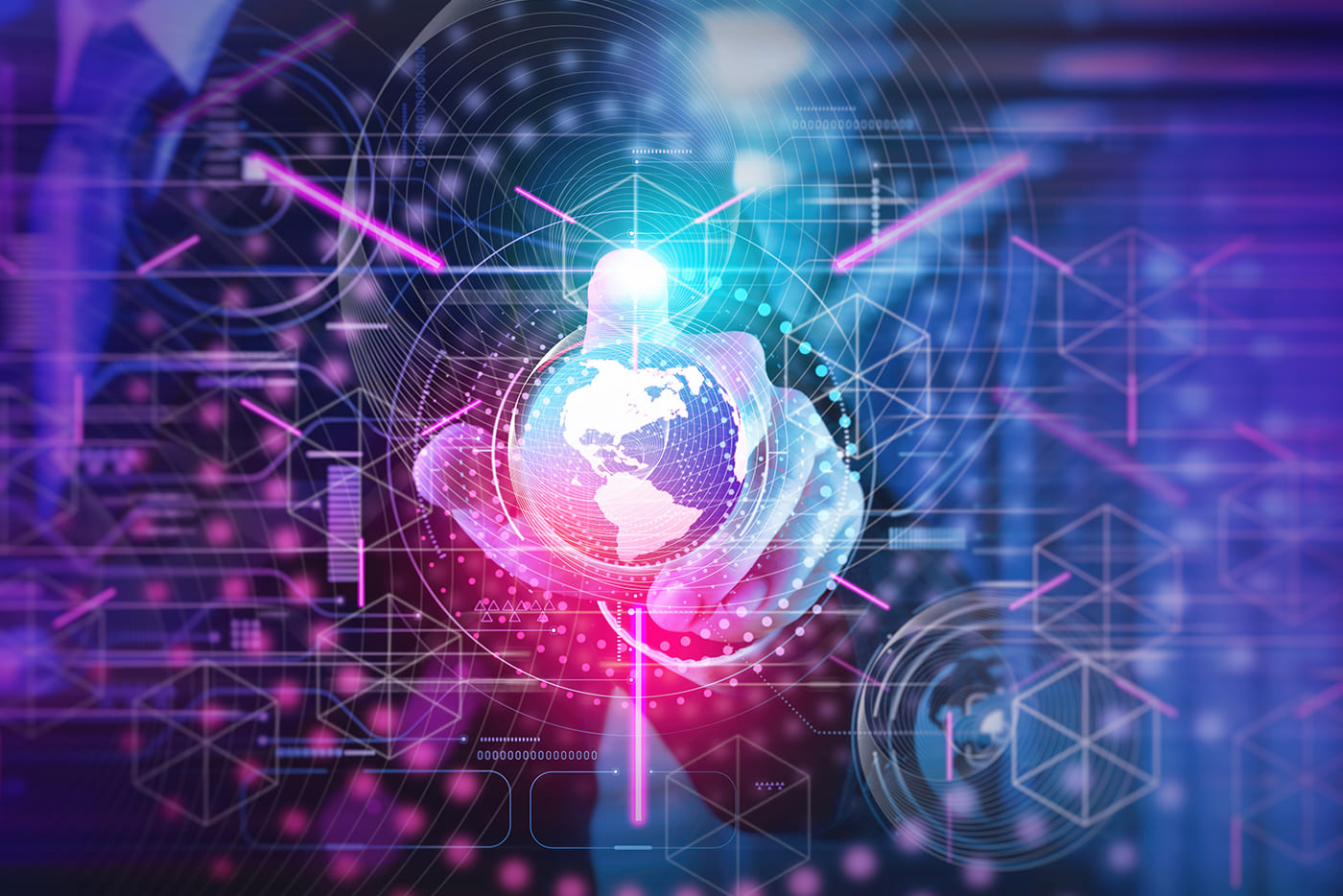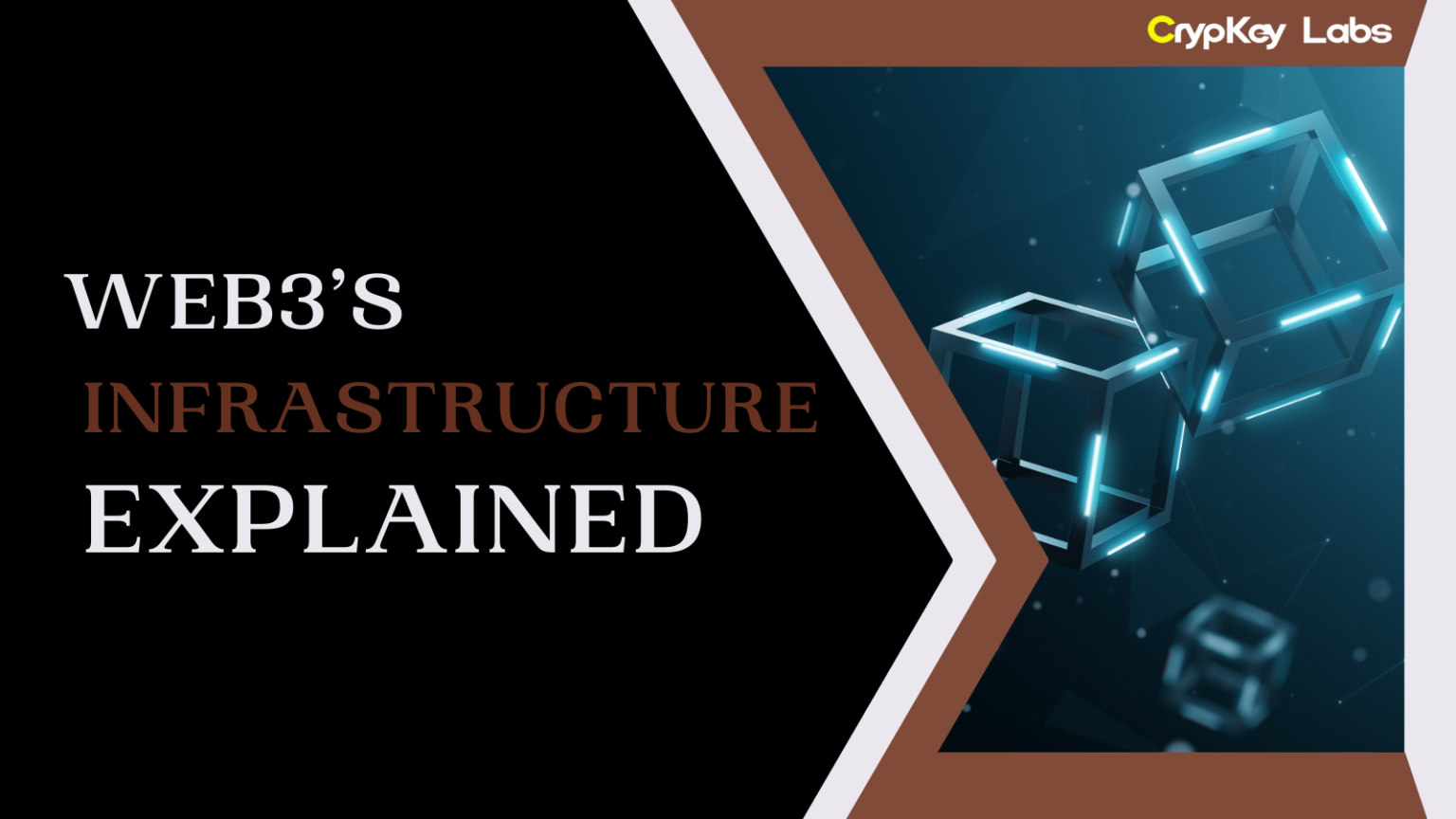The internet as we know it is transforming, and the shift from Web2 to Web3 could be as revolutionary as the transition from dial-up to broadband. Web3 represents a vision of the internet that places power back into the hands of individuals, focusing on decentralization, privacy, and user control. In this post, we’ll dive into the infrastructure that makes Web3 possible, explaining what it is, why it matters, and how its core technologies come together to create a new, more user-centric internet.
What is Web3 and Why is it Important?
Web3 is often called “the next generation of the internet.” While Web2 brought us social media, e-commerce, and user-generated content, Web3 seeks to take things a step further by prioritizing decentralization, transparency, and user ownership. The aim is to create an online world where people have more control over their data, identity, and interactions, without relying on intermediaries like Google or Facebook.
This transformation isn’t just a technical upgrade; it’s a philosophical shift toward an internet that empowers individuals, respects privacy, and operates openly. Web3’s infrastructure is the backbone of this new digital landscape, and understanding its components helps to see why this shift could reshape the digital world.
Key Components of Web3 Infrastructure
To understand Web3, we need to look at the key building blocks that make it possible. Here’s a breakdown of its foundational components:
2.1 Blockchain Technology: The Backbone of Web3
Blockchain is the decentralized ledger that underpins Web3. Instead of data being stored on centralized servers, blockchains distribute it across a network of computers, or “nodes.” This means there’s no single point of failure, and no central authority controlling the data.
Blockchain technology is what enables Web3’s core values of transparency and trust. Users can verify transactions and interactions independently, creating an open system where data is accessible, secure, and censorship-resistant. Popular blockchains like Ethereum, Polkadot, and Solana each bring unique features to Web3, from enabling smart contracts to ensuring interoperability across networks.
2.2 Decentralized Storage Solutions
Web3 also relies on decentralized storage to avoid the risks of centralized data control. Decentralized storage systems, such as IPFS (InterPlanetary File System), Filecoin, and Arweave, distribute data across multiple nodes instead of relying on a single server.
By scattering data across the globe, these systems offer higher security, redundancy, and resistance to censorship. In a Web3 world, decentralized storage means that data is not owned or controlled by any single entity, giving users assurance that their content is safe, even if one part of the network goes down.
2.3 Smart Contracts: The Code that Runs Web3
Smart contracts are self-executing pieces of code that run on the blockchain. They operate autonomously, meaning once certain conditions are met, they automatically carry out their instructions. In Web3, smart contracts allow users to interact directly without intermediaries, enabling everything from financial transactions to governance processes.
For instance, smart contracts make decentralized finance (DeFi) possible, allowing users to lend, borrow, and trade assets without needing a traditional bank. They’re also the technology behind non-fungible tokens (NFTs) and decentralized autonomous organizations (DAOs), giving users new ways to own, create, and control digital assets.
2.4 Decentralized Identity Solutions
Another key component of Web3 is decentralized identity (DID). Traditional systems require users to log in through platforms, like Google or Facebook, granting these platforms access to our data. DID aims to change that by allowing users to control their digital identity without relying on third parties.
In Web3, identity is tied to a user’s digital wallet, not a username and password. This enables “self-sovereign” identity, where users own their credentials and decide when and how to share them. Decentralized identity is more secure, protects privacy, and opens the door to a safer, more user-controlled web experience.
2.5 Oracles: Bridging Blockchain with the Real World
While blockchains are powerful, they can’t access data outside their network on their own. This is where oracles come in. Oracles are services that bring external data—like weather information, stock prices, and sports scores—into the blockchain environment.
For example, oracles like Chainlink provide real-world data to smart contracts, enabling them to execute based on external conditions. This allows Web3 applications to interact with the real world, making blockchain technology more practical and applicable for day-to-day needs.
Benefits and Challenges of Web3 Infrastructure
Benefits
- Privacy and Control: Web3 gives users control over their data and identity, reducing reliance on big tech.
- Empowerment through Tokenization: Web3 allows users to participate in economies via tokens, bringing more democratization and opportunity.
- Censorship Resistance: Decentralized platforms are harder to censor, supporting free speech and open access.
Challenges
- Scalability: Many blockchains struggle with processing large amounts of transactions quickly.
- Environmental Impact: The energy consumption of proof-of-work blockchains remains a concern, though newer solutions are addressing this.
- Adoption: For Web3 to go mainstream, users need better education and more user-friendly interfaces.
The Future of Web3: What Lies Ahead?
As Web3 continues to develop, we’re likely to see advancements in scalability through Layer 2 solutions, which help blockchains process more transactions faster and with lower fees. We’ll also see more progress in interoperability, allowing different blockchains to communicate and work together seamlessly. Additionally, the growth of decentralized storage and identity solutions will make Web3 applications more robust and practical.
Web3 has the potential to impact many industries beyond finance, including social media, healthcare, supply chains, and digital identity. However, for this future to become a reality, Web3 needs to address some challenges. User education, smoother onboarding processes, and regulatory clarity will all play vital roles in accelerating Web3’s adoption.
Conclusion
Web3’s infrastructure forms the foundation for an internet that empowers individuals, enhances privacy, and fosters open participation. By understanding the key components—blockchain, decentralized storage, smart contracts, decentralized identity, and oracles—we can appreciate the transformative potential Web3 brings to the table.
As Web3 develops, its infrastructure will continue evolving, pushing us closer to a more decentralized, user-centric web. For those eager to experience the future of the internet, now is the perfect time to explore Web3 platforms and stay informed about its ongoing innovations. The future is decentralized, and it’s happening right now.







